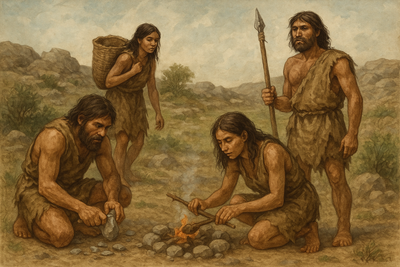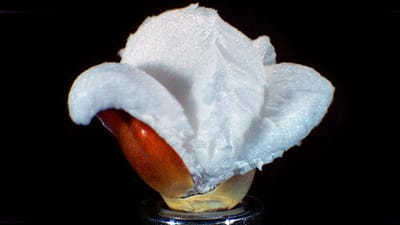The Five Lenses of Curiosity
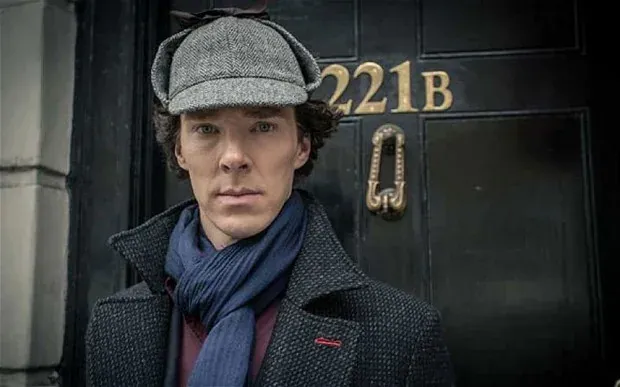
We all ask questions.
Some of us ask to understand. Some to challenge. Some to connect.
Some questions come out of nowhere. Others simmer for years before we finally say them out loud.
But here’s something we rarely consider: how we ask matters just as much as what we ask.
Imagine five people facing the same question.
“What’s going wrong here?”
- One examines the data to identify what’s broken.
- One focuses on how people are interacting and communicating.
- One asks whether the goal itself still makes sense.
- One proposes a new approach and is ready to experiment.
- One questions the system behind it all: the structure, the process, the expectations.
Same question.
Five completely different lenses.
Curiosity is not a single trait. It is a set of roles we perform.
And each role reveals a different part of the world. And of ourselves.
In a previous article, I introduced a framework for understanding these modes of curiosity by mapping them along two axes: knowledge-seeking versus sensory-driven, and specific versus diversive. From that came four types of curiosity: goal-driven learning, wisdom seeking, experience seeking, and sensory exploration.
But models are only the beginning.
Today, we’ll go deeper: into the characters we play when we act on our curiosity. These are the lenses we wear, the voices we channel, the postures we inhabit. Not fixed identities, but familiar roles.
Let’s step into the theatre of curiosity and meet the cast.
The Detective

Type: Goal-driven learning
(Knowledge-seeking, Specific)
The Detective is focused, analytical, and purposeful. They ask questions to get answers. Not abstract ideas, but concrete facts. They want to know what happened, why it happened, and how to fix it.
This archetype thrives on clarity and control. Whether it is solving a problem, learning a new skill, or investigating a broken system, the Detective’s curiosity is methodical. They follow leads, test assumptions, and connect patterns. They are practical learners, and they dislike loose ends.
The strength of the Detective lies in their ability to see what others overlook. Their limitation is that they can sometimes move too fast toward resolution, and overlook complexity that cannot be solved by logic alone.
Key motivations: clarity, competence, truth
Common struggles: ambiguity, emotion, slow processes
The Connoisseur

Type: Experience seeking
(Sensory-driven, Specific)
The Connoisseur is drawn to the richness of direct, sensory experience. Their curiosity is not scattered. It is deliberate. They do not chase every new thing. They go deep into the few things that matter.
A Connoisseur may return to the same piece of music dozens of times, not out of habit, but because they are still learning how to hear it. They may spend a year learning to perfect a dish, or developing their sense of taste, or understanding the emotional impact of space and sound.
Their curiosity is felt before it is understood. They use their senses to guide inquiry, and their emotions to shape it. They are experts in noticing subtle shifts, in appreciating the details that others rush past.
Key motivations: depth, refinement, sensation
Common struggles: abstraction, overstimulation, unnecessary novelty
The Philosopher

Type: Wisdom seeking
(Knowledge-seeking, Diversive)
The Philosopher is drawn to complexity, ambiguity, and meaning. Their questions are expansive and slow. They are not in a hurry to find answers, because they know that the richest ideas take time to unfold.
The Philosopher reads across disciplines, reflects deeply, and seeks patterns that connect the personal to the universal. They are less interested in solving problems and more interested in understanding what those problems say about the world.
This archetype brings depth and insight. But they can sometimes drift too far into abstraction, where thought becomes a form of avoidance.
Key motivations: understanding, synthesis, lifelong learning
Common struggles: indecision, abstraction, avoiding closure
The Wanderer
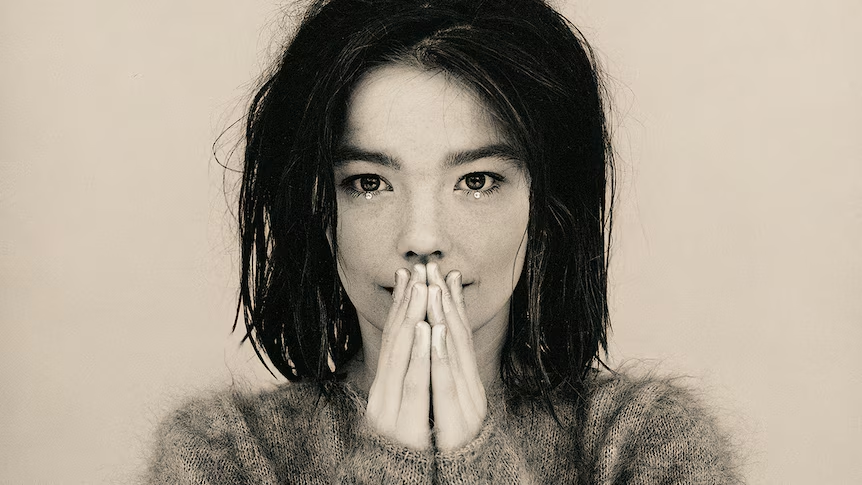
Type: Sensory exploration
(Sensory-driven, Diversive)
The Wanderer explores through openness. They are led by atmosphere, intuition, curiosity in its rawest form. They do not know what they are looking for, and that is exactly the point.
Wanderers follow paths others ignore. A strange sound, a sudden impulse, a beautiful accident. They learn through discovery, by trusting the unknown. Their curiosity is light, playful, and deeply alive.
The strength of the Wanderer is their capacity to stay present. They are tuned to moments that cannot be planned. But they can also struggle with follow-through, or resist structure that might help them go deeper.
Key motivations: surprise, play, spontaneous connection
Common struggles: direction, discipline, coherence
The Rebel
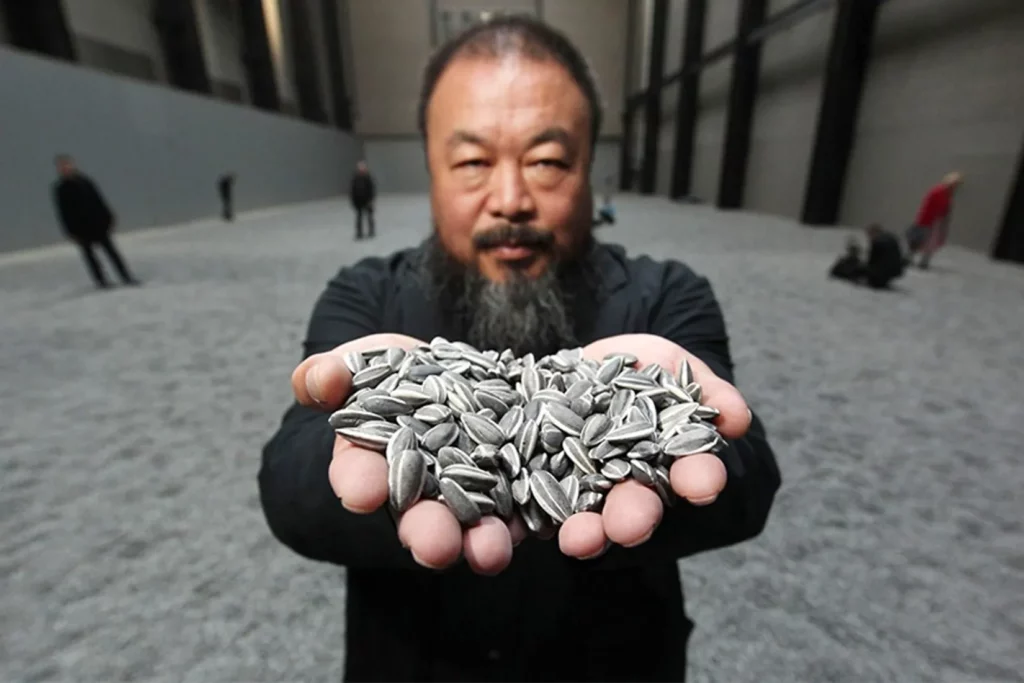
Type: Outside the model
Not defined by a quadrant
The Rebel’s curiosity is not about knowing more. It is about seeing differently. They are not content to explore a question. They want to question the question itself. They challenge what is taken for granted.
Rebels often step in when systems become stagnant or dishonest. They notice the things no one wants to say out loud. They shine light on hidden contradictions. They don’t just explore. They provoke.
At their best, Rebels are liberators. At their worst, they can be reactive, burning things down without building anything in their place.
Key motivations: truth, justice, disruption
Common struggles: patience, nuance, trust
How these archetypes show up in real life
These archetypes are not personality types. They are roles. Most people move between them, depending on context. You might be a Detective at work, a Philosopher on weekends, a Wanderer on holiday, and a Rebel at dinner with your family.
Understanding these roles helps us spot blind spots, deepen collaboration, and expand our range.
Let’s look at a few everyday scenarios.
At work
- The Detective fixes the broken process
- The Connoisseur refines the client experience
- The Philosopher steps back to ask why the work matters
- The Wanderer introduces a surprising new perspective
- The Rebel challenges the whole model of success
In relationships
- The Detective notices when something is off
- The Connoisseur creates memorable shared moments
- The Philosopher holds long conversations about values
- The Wanderer brings lightness and unpredictability
- The Rebel refuses to play along with unhealthy dynamics
In learning
- The Detective masters tools and techniques
- The Connoisseur studies what resonates on a deep level
- The Philosopher reads and reflects broadly
- The Wanderer experiments without expectation
- The Rebel explores what no one teaches
Each role changes what we see, and what we’re capable of seeing. That is the power of curiosity.
Closing
Curiosity is not just a trait. It is a tool. A mirror. A stage. Each archetype we explore expands what we’re able to ask, perceive, and create.
You are not one type of curious. You are a cast. The question is not which role you were born to play, but which one you are willing to step into — when the lights go up and something unfamiliar calls.
Let’s stay curious.
Let’s keep performing.

